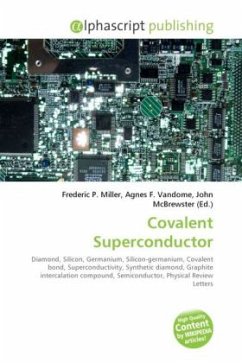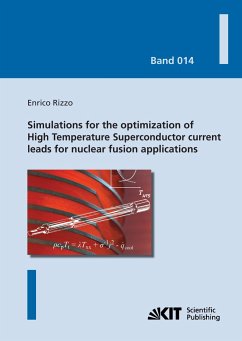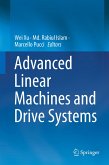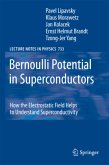High Quality Content by WIKIPEDIA articles! Superconductors cannot be penetrated by magnetic flux lines (Meissner-Ochsenfeld effect). This Meissner effect breaks down when the applied magnetic field is too large. Superconductors can be divided into two classes according to how this breakdown occurs. In Type I superconductors, superconductivity is abruptly destroyed when the strength of the applied field rises above a critical value Hc. As such, they have only a single critical temperature at which the material ceases to superconduct, becoming resistive. Depending on the geometry of the sample, one may obtain an intermediate state consisting of a baroque pattern of regions of normal material carrying a magnetic field mixed with regions of superconducting material containing no field.The origin of their superconductivity is explained by BCS theory. Elementary superconductors, such as aluminium and lead are typical Type I superconductors.
Bitte wählen Sie Ihr Anliegen aus.
Rechnungen
Retourenschein anfordern
Bestellstatus
Storno








